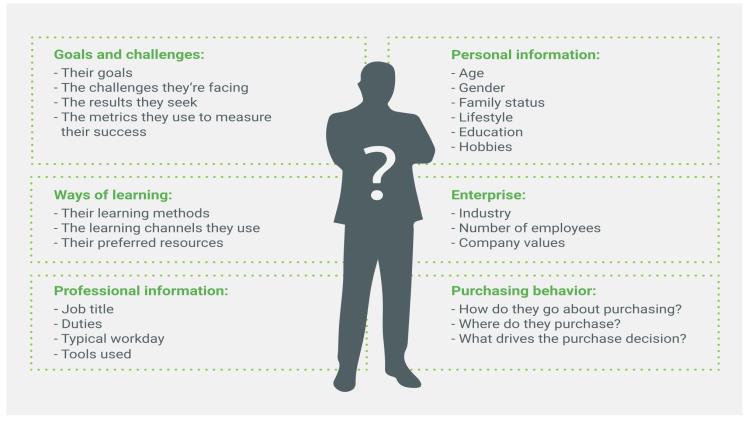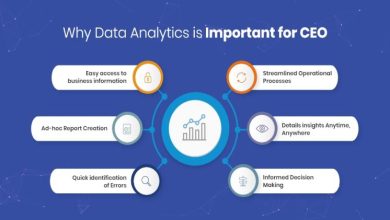How to Measure Audience & Industry

What do “Audience & Industry” really mean? What are the ways to measure it? How can you use it to make your digital marketing more effective? This is a central part of any digital marketing strategy. Without audience information, your messages may not be as impactful as you would like them to be. In this article, we’ll look at several ways to measure audience. We’ll start with media industries’ imagined audiences, then move on to Psychographics and Market research firms’ yearly marketing predictions.
Imaginary industries
The role of imaginary industries for audience development is often a neglected area of media studies. In many cases, the role of the imagined industry is collapsed into textual readings of a particular industry. Other times, audiences actively construct their own imagined industries and thus contribute to their own industries. In the case of the imagined industries for audience development, however, the role of the imagined industry is often crucial to understanding the emergence and practice of the audience itself.
Media industries’ imagined audiences
Imagined industries provide a useful focus for studying the complex media systems. These industries involve audiences developing tactics and practices that often require enormous time and labor. They sometimes follow industrial logic, believing that to influence other industries they must play by their own rules and prove their socioeconomic value. The XMC’s adoption of some industrial practices furthers the argument that the media industries to exploit the labor of their audience. This paper examines some of the most important practices of these imagined industries and the ways they influence the media landscape.
Market research firms’ yearly marketing predictions
Please visit for more information: Hyperverse
The Market Research industry includes companies that collect and analyze data on consumer behavior and attitudes. They provide services such as political polling, media rating, sampling, and statistical analyses. Companies use the information they gather to inform strategic growth plans and the development of new products. The industry is expected to grow by 6% in the next five years, with most of the growth occurring in the next few years. While this growth rate is relatively high, it will decrease slightly by 2020.
Psychographics as a source of audience data
While using demographics is still a primary source of audience data, psychographics provide a deeper understanding of consumer behavior. Psychographics look at consumer interests, values, and lifestyle, offering insights into the “why” behind consumer purchases. While this data is often difficult to gather, it can be valuable for defining your audience’s needs. By using psychographics to tailor your marketing to their specific needs, you can reach more targeted prospects and improve the effectiveness of your digital marketing strategy.
Creating content that resonates with your audience
If you want to master content marketing, you need to understand your audience and industry. The buyer’s journey is a path that takes someone from awareness to consideration to the decision. Content must be tailored to appeal to each stage of the journey so that no one falls through the cracks. Content should address different pain points that a buyer may have. Here are some tips to develop content that resonates with your audience:


